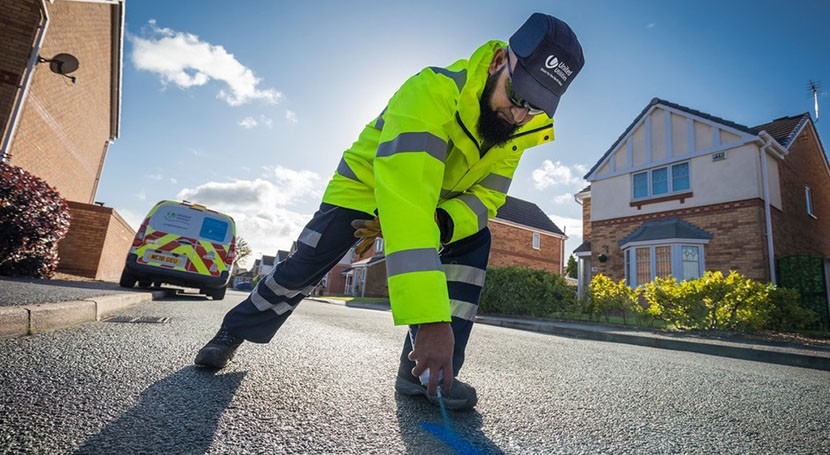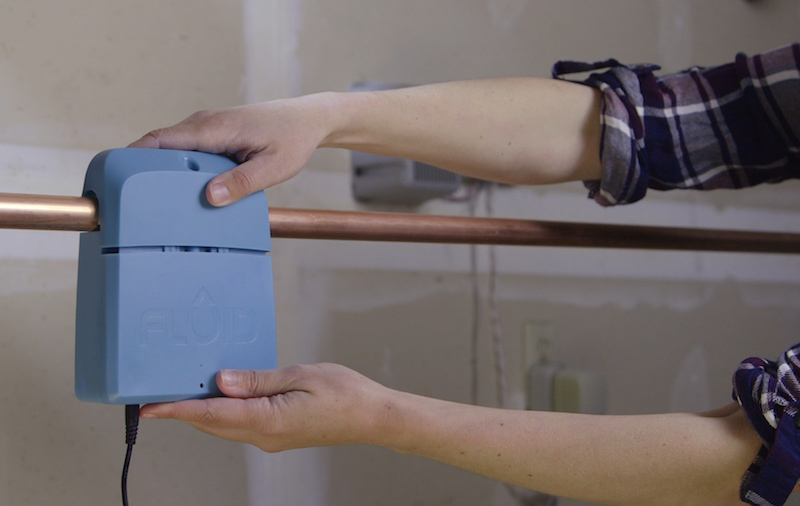Discover Reliable Water Leak Detection Providers for Accurate and Rapid Outcomes
Innovative Solutions for Early Discovery of Water Leakages in Buildings and Framework
From advanced leak detection innovations to the deployment of IoT sensing units for real-time surveillance, the landscape of leakage prevention is progressing rapidly. Automated water circulation evaluation systems are improving exactly how leakages are determined and resolved, leading the method for an aggressive approach to water leakage discovery.
Advanced Leakage Discovery Technologies
Advanced leakage detection modern technologies, outfitted with innovative sensors and formulas, play a critical function in swiftly recognizing and identifying water leakages in different settings. Electromagnetic sensing units can determine adjustments in electromagnetic areas triggered by water, supplying yet one more layer of leak detection capacity.

IoT Sensors for Real-Time Surveillance
In the world of modern water leak detection, the combination of IoT sensing units for real-time surveillance represents a critical advancement in boosting aggressive leak detection capacities. These sensing units offer constant surveillance of water supply, providing real-time data on water flow rates, pressure variations, and temperature modifications. By leveraging IoT innovation, these sensing units can identify even the smallest anomalies in water usage patterns, enabling early identification of potential leaks before they escalate into major issues.
IoT sensors send information to a central platform, where sophisticated algorithms evaluate the information and generate alerts or notifications when irregularities are detected. This real-time monitoring capacity permits homeowner or facility supervisors to without delay attend to leaks, reducing water damage, lowering fixing prices, and preserving water sources.
Moreover, IoT sensors can be integrated with structure administration systems, permitting computerized actions to discovered leaks, such as shutting down water shutoffs or triggering pumps to alleviate the effect of leaks. Overall, the implementation of IoT sensing units for real-time tracking substantially improves the efficiency and effectiveness of water leakage discovery in buildings and framework.
Artificial Intelligence Algorithms for Leakage Prediction

One key advantage of making use of equipment discovering for leak forecast is its capability to constantly learn and boost its precision gradually. As more information is gathered and fed right into the formula, it can fine-tune its predictions and adjust to changing problems, ultimately raising the dependability of leakage detection systems.
Additionally, device learning algorithms can aid in determining refined indications of leaks that might go unnoticed by traditional tracking approaches. water leak detection. By examining complex data collections in real-time, these algorithms can give early warnings and signals, enabling prompt treatment and preventative upkeep to mitigate possible water damage and connected expenses
Making Use Of Thermal Imaging for Leak Discovery
Thermal imaging technology supplies a promising strategy for identifying water leaks in different systems and infrastructures. By using infrared radiation and temperature level variances, thermal imaging cameras can determine concealed leakages that are not easily visible to linked here the nude eye. When water runs away from pipes or structures, it commonly alters the temperature level of the surrounding location, developing temperature level differentials that thermal cameras can catch. These temperature level abnormalities are after that converted right into visible images, highlighting the precise place of the leakage.
Among the key benefits of thermal imaging for leak detection is its non-intrusive nature. Unlike traditional techniques that may need damaging into wall surfaces or floorings to locate leaks, thermal imaging enables non-destructive testing. This not just conserves time and decreases costs yet also decreases interruption to the structure or infrastructure being analyzed. In addition, thermal imaging can quickly official website scan large areas, giving a comprehensive review of possible leak sources in a prompt manner. In general, making use of thermal imaging modern technology boosts the effectiveness and accuracy of water leakage discovery, click here now making it a useful tool for keeping the honesty of buildings and frameworks.
Automated Water Flow Evaluation Systems
Just how can automatic water circulation analysis systems change the detection and monitoring of leaks in numerous systems and facilities? Automated water flow evaluation systems offer a positive technique to leakage detection by constantly keeping track of water circulation rates and patterns. By developing standard data, these systems can swiftly determine deviations that may show a leak, making it possible for prompt intervention to stop comprehensive damage.
These systems make use of sophisticated formulas to analyze real-time data and give immediate informs when abnormalities are detected, enabling speedy action to be taken. Furthermore, automated water flow evaluation systems can be incorporated with structure administration systems or IoT systems, enhancing overall effectiveness and making it possible for remote monitoring abilities.
In addition, the information accumulated by these systems can be used for predictive maintenance purposes, helping to recognize potential weak points in the facilities before leakages happen. In general, the application of automated water flow evaluation systems can significantly boost leakage discovery and administration methods, ultimately resulting in cost financial savings, lowered water waste, and enhanced sustainability in buildings and framework.

Final Thought
To conclude, the assimilation of advanced leakage discovery technologies, IoT sensors, machine knowing algorithms, thermal imaging, and automated water flow analysis systems offers innovative solutions for early discovery of water leakages in buildings and framework. These modern technologies make it possible for real-time surveillance, forecast of leaks, and effective detection methods to avoid water damages and wastefulness. Applying these remedies can aid in preserving the stability and sustainability of water systems in various setups.